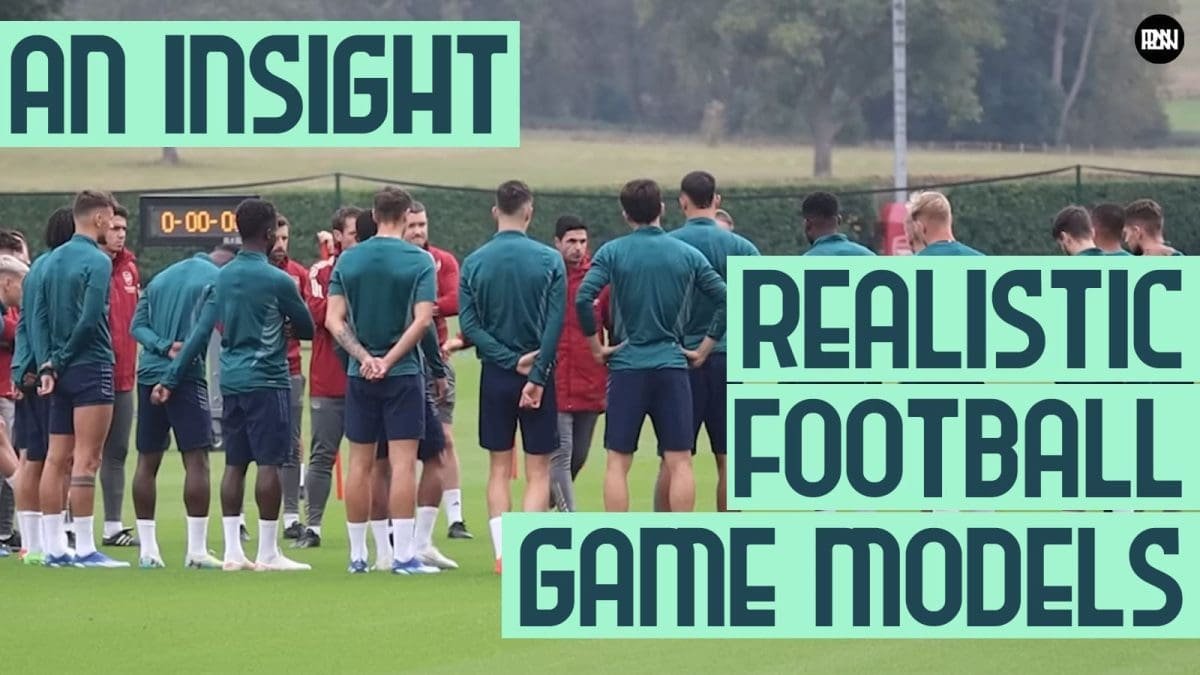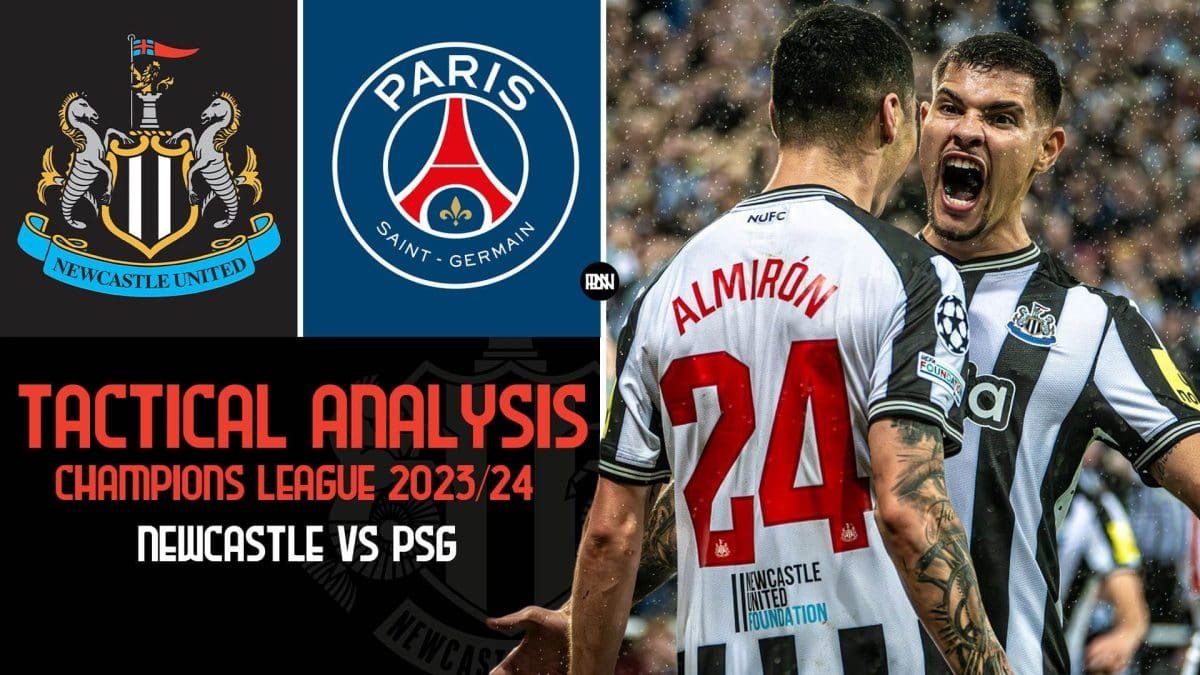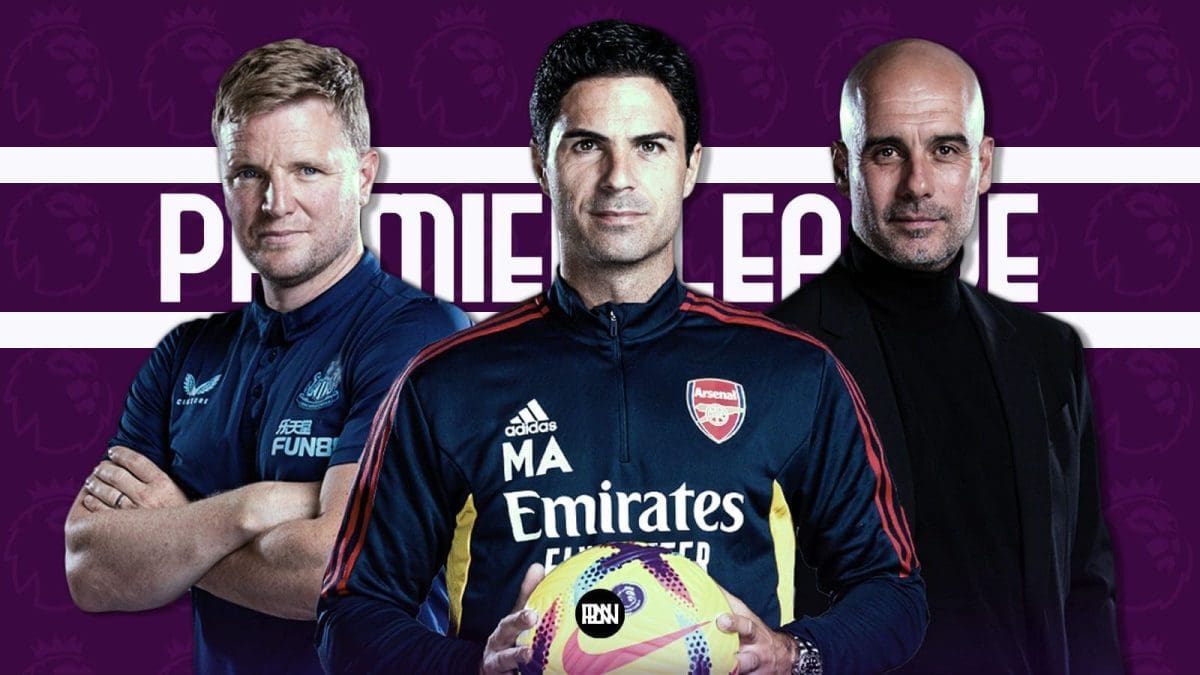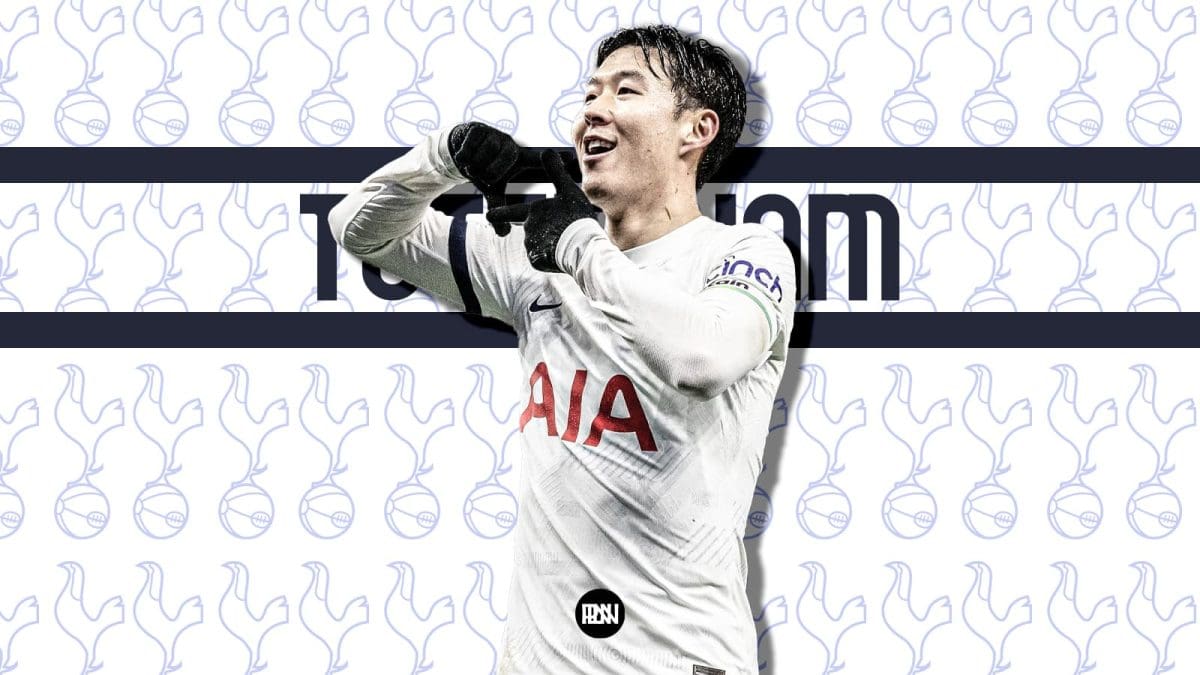Football is a complex sport that often leaves us pondering its intricacies and trying to make sense of its ever-evolving nature. As a coach, it is crucial to have a deep understanding of the game in order to effectively train players and enhance their performance on the field. In this article, we will explore the concept of analyzing football from an objective and rational viewpoint, using the Realistic Football Game Model as a guide. By breaking down the game into distinct Football Actions and understanding the key components of each stage, coaches can gain valuable insights that will help them develop well-rounded and successful players.
The Realistic Football Game Model
The Realistic Football Game Model provides a logical framework for analyzing and understanding the game of football. A football match is comprised of a collection of Football Actions. These actions can be further divided into three sequential stages: Communication, Decision Making, and Decision Execution. By examining each stage and its characteristics, coaches can gain a comprehensive understanding of how to train players to perform at their best.
Communication
Communication is a vital component of both football and life. In football, players are constantly bombarded with stimuli from their surroundings, such as the ball, teammates, opponents, and available space. The ability to interpret and communicate with these stimuli is crucial for making effective decisions on the field. Coaches should focus on exposing players to game-realistic scenarios that challenge their ability to recognize and engage with various stimuli. By familiarizing players with different situations in attack, defense, and transition, coaches can enhance their communication skills and decision-making abilities.
Decision Making
Once players have recognized and interpreted the relevant stimuli, the next stage is decision-making. This stage is susceptible to bias and can significantly impact the success of an action. Coaches should aim to make players “risk literate” by teaching them to make decisions based on objective analysis rather than personal biases. By shaping players’ interpretations of stimuli through the communication of game principles, coaches can help them make informed decisions that align with the team’s overall strategy. Different teams may play in different ways due to their unique interpretations and decision-making processes.
Decision Execution
The final stage of the Football Game Model is decision execution, which refers to the player’s technique. This stage involves executing the chosen decision with the appropriate firmness and accuracy to complete the action successfully. Technique is influenced by the player’s familiarity with executing specific actions in different situations. Coaches should avoid isolating technique training from the overall context of the game. Training players in isolated and unopposed technical drills may hinder their ability to apply their technique effectively in real-game situations. Technique should be viewed as downstream from communication and decision-making, emphasizing the importance of considering the environment and situation when executing decisions.
Applying the Football Game Model in Coaching
Now that we have a clear understanding of the Football Game Model, let’s explore how coaches can apply this model to their training sessions and overall coaching philosophy.
Game-Realistic Training
To develop players who can effectively perform Football Actions, coaches should prioritize exposing them to game-realistic stimuli during training sessions. This means creating scenarios that mirror the challenges players will face on the field, whether it be in attack, defense, or transition. By replicating these situations and providing players with opportunities to communicate and make decisions, coaches can enhance their overall game understanding and decision-making skills. It is essential to create an environment where players can recognize and interpret stimuli in real-time, leading to more effective decision execution.
Guided Communication
Coaches play a crucial role in shaping players’ interpretations and communication skills. By providing guidance on game principles and communicating the desired style of play, coaches can help players recognize and prioritize the messages conveyed by stimuli. This includes both verbal and non-verbal communication between teammates. Players must become fluent in the language of movement and body language, allowing them to anticipate and react to their teammates’ actions. Coaches should encourage players to actively communicate with their environment and teammates, fostering a cohesive and synchronized team dynamic.
Analyzing Decision-Making
Coaches should actively analyze players’ decision-making processes to identify biases and help them make more informed choices. By providing feedback and guidance, coaches can challenge players’ preconceived notions and help them develop a more objective approach to decision-making. This includes recognizing patterns in players’ decision-making and adjusting their interpretations based on the specific context of the game. Coaches should aim to create an environment where players feel comfortable experimenting, learning from their mistakes, and continuously improving their decision-making skills.
Integrating Technique and Context
Technique should never be isolated from the context of the game. Coaches must emphasize the importance of executing decisions with the appropriate technique, taking into account the specific situation and environment. By integrating technique training into game-realistic scenarios, coaches can help players develop the ability to execute decisions effectively under pressure. This includes understanding the nuances of each specific action and adapting technique accordingly. Coaches should provide players with opportunities to practice their technique within the context of the game, allowing them to develop the necessary skills to succeed on the field.
Conclusion
Analyzing football from an objective and rational viewpoint is crucial for coaches seeking to enhance their players’ performance. By adopting the Realistic Football Game Model, coaches can gain valuable insights into the key components of successful Football Actions. From communication and decision-making to decision execution, each stage plays a vital role in a player’s ability to perform on the field. By creating game-realistic training sessions, guiding communication, analyzing decision-making, and integrating technique with context, coaches can develop well-rounded players who can effectively execute decisions in a variety of game situations. By understanding the objective analysis of football, coaches can unlock the full potential of their players and lead their teams to success.
READ MORE: The dangerous impact of media on English football
















